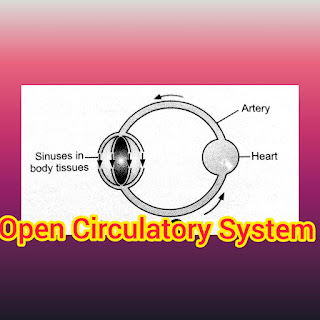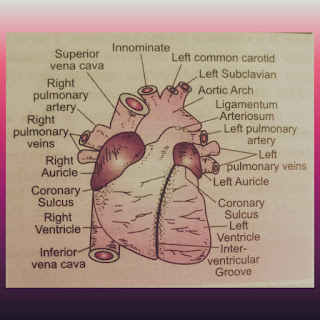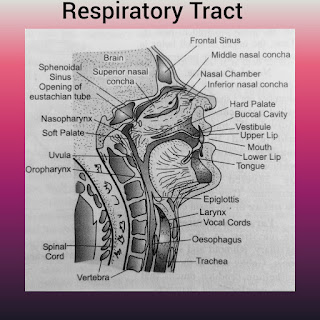FLUID MOSAIC MODEL?
Fluid Mosaic Model proposed by Singer and Nicolson in 1972. This model define the satisfactory structure of cell membrane. Cell membrane consists with phospholipids and protein molecules. The viscous fluid matrix present between the phospholipid bilayer. The lipid and proteins are vary from one layer to another layer. Cholesterol is also present within the phospholipid molecules.
1) Phospholipids molecules makes a layer by attached their head to each other. Their is no space between them. Phospholipids are made up of two fatty acids and a phosphate group. They have two parts, one is head part and other is tail part. Head part is known as Hydrophilic end (water loving end) and the tail part is known as hydrophobic end (water fearing end). Hydrophilic end are polar, they directed outward and the hydrophobic end are non-polar, they directed inward. These layer only allow molecules to pass through. The two layer of phospholipid arranged opposite to each other is known as phospholipid bilayer. This arrangement forms water resistant barrier and also allow stretching of cell when it need. Phospholipid bilayer is 35A thick.
2) Protein molecules present between the phospholipid molecules or on the surface of hydrophilic head. Those protein molecule lie between the phospholipid molecules are known as Integral protein molecule they are attached tightly. Protein present on the hydrophilic surface known as peripheral protein molecule and they are not attached tightly. In cell membrane their is big size protein molecule present between the phospholipid bilayer and it called tunnel protein molecule. These proteins are act as carrier molecules. They carry the specific molecules and allow to transport inside or outside of the cell. It provide a path for selective material exchange from cell to extracellular fluid and also control the flow of material.
3) Cholesterol- these molecules present between the phospholipid molecules. A good amount of cholesterol present in animal cell membrane. It helps to stabilize the cell membrane.
4) Oligosaccharide (Carbohydrate molecule)- The branched shaped molecules present on cell membrane is known as carbohydrate molecules. These are attached with protein molecules and phospholipid molecule. The oligosaccharides attached with peripheral protein molecule known as glycoprotein and if the oligosaccharide attached with hydrophilic end is known as glycolipid. The glycoprotein is act as receptor.
This is the simple explanation of Fluid Mosaic Model.
Some Important Questions.
Q1) What is Tunnel protein molecule?
Ans. The largest protein molecule lie between the phospholipid bilayers are known as tunnel protein.
Q2) Who proposed the Fluid Mosaic Model and when?
Ans. In 1972, Singer and Nicolson proposed the fluid mosaic model.





Comments
Post a Comment